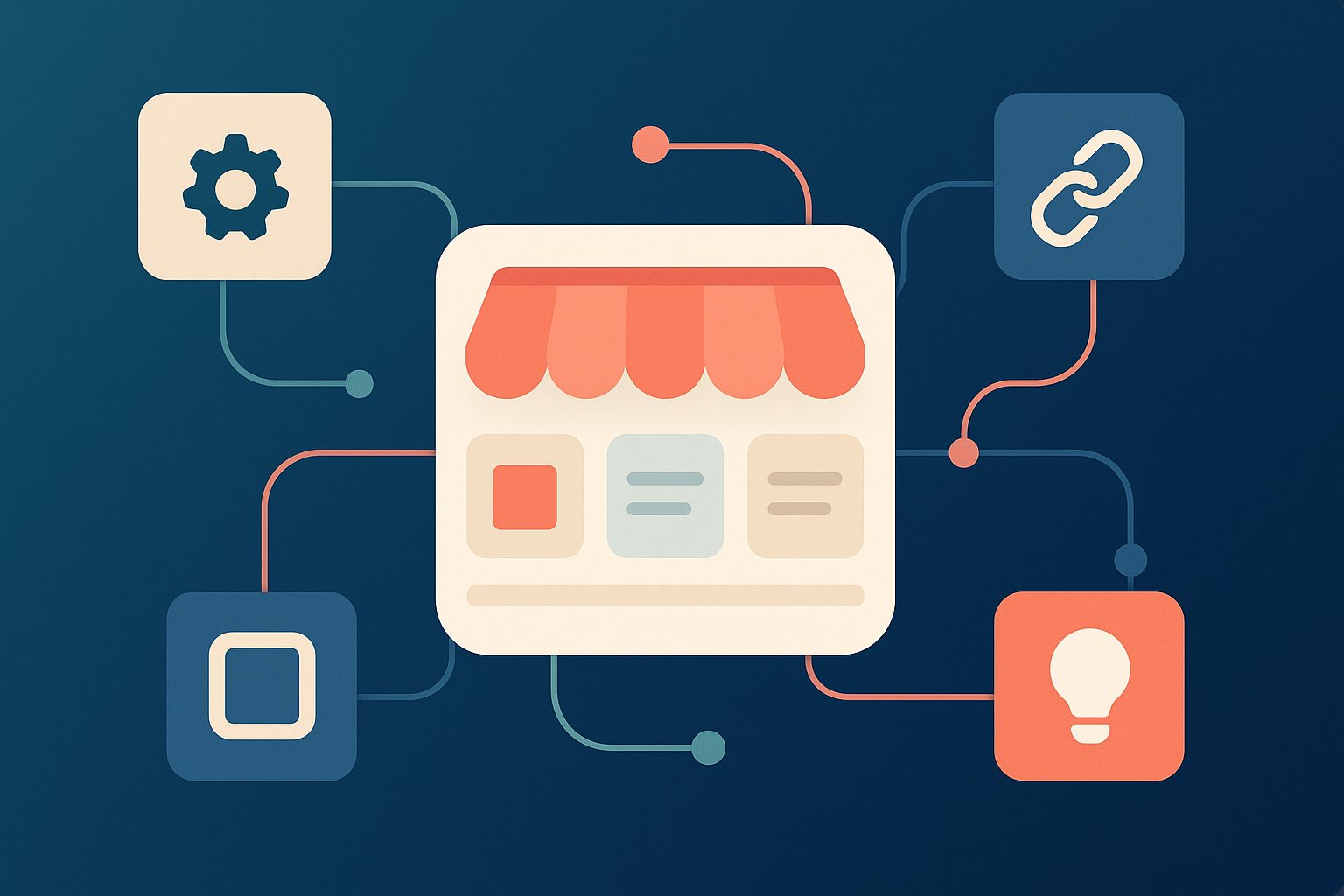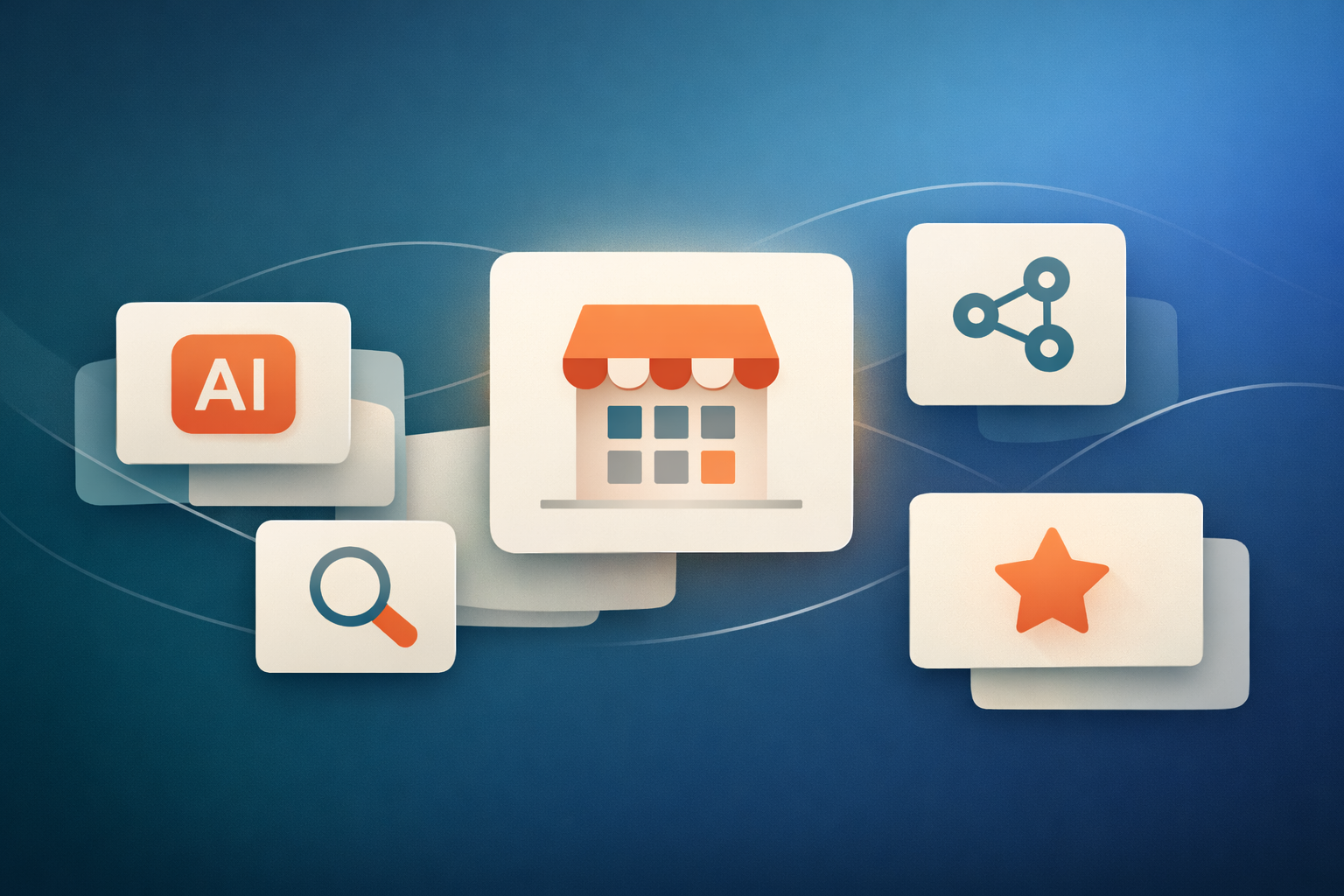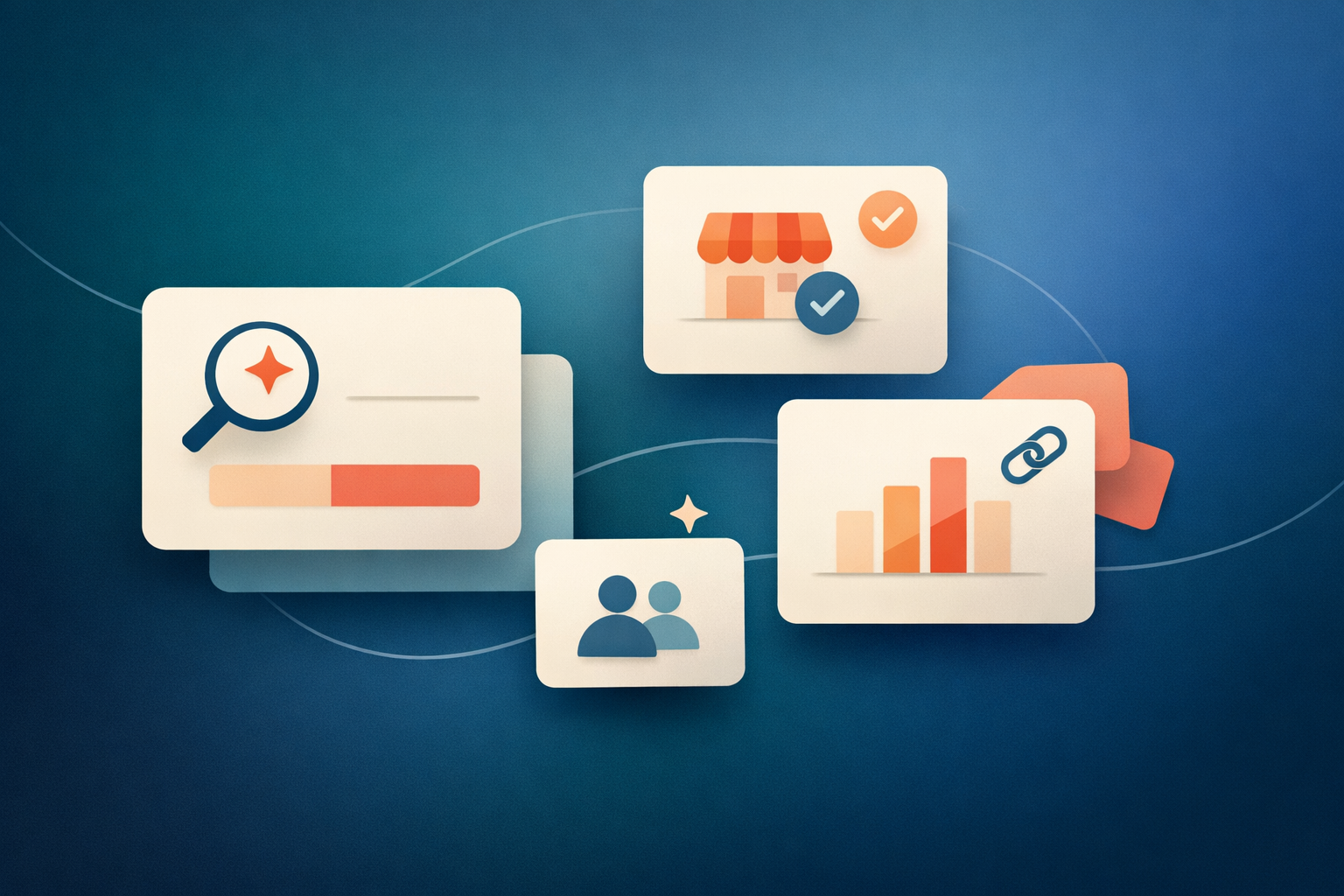Integrations, apps, and partnerships have become essential parts of how SaaS products deliver value. Whether you’re using software in your personal life or at work, you now expect it to connect with your other tools.
Could you go back to a time when Slack didn’t remind you about meetings, or Zoom didn’t have live transcription? Or when you had to manually log Gmail emails into your CRM? Me either.
Big SaaS players (and their tech partners) have been building integrations and apps into their products for decades — so users are used to it. And since people find those integrations through an app marketplace, they’ve become some of the most-visited pages on SaaS websites and in-app dashboards. They drive awareness, installs, and new business.
But smaller and mid-market SaaS companies are catching on. You no longer need massive resources or a custom dev team to build your own app marketplace. Platforms like Partner Fleet make it easy to launch one in weeks, and iPaaS tools like Paragon can help you build and manage the integrations inside it.
If that sounds like you, here’s everything you need to know about B2B app marketplaces — why to build one, how they work, and what makes them successful.
What are app marketplaces?
An app marketplace is a digital hub where developers can publish integrations and apps that extend your core product. Customers can browse, install, and use those apps directly — making it easier to customize your software for their workflows.
There are two main types:
- B2C: App storees for everyday or entertainment use, like the Apple App Store, Google Play, and Nintendo eShop.
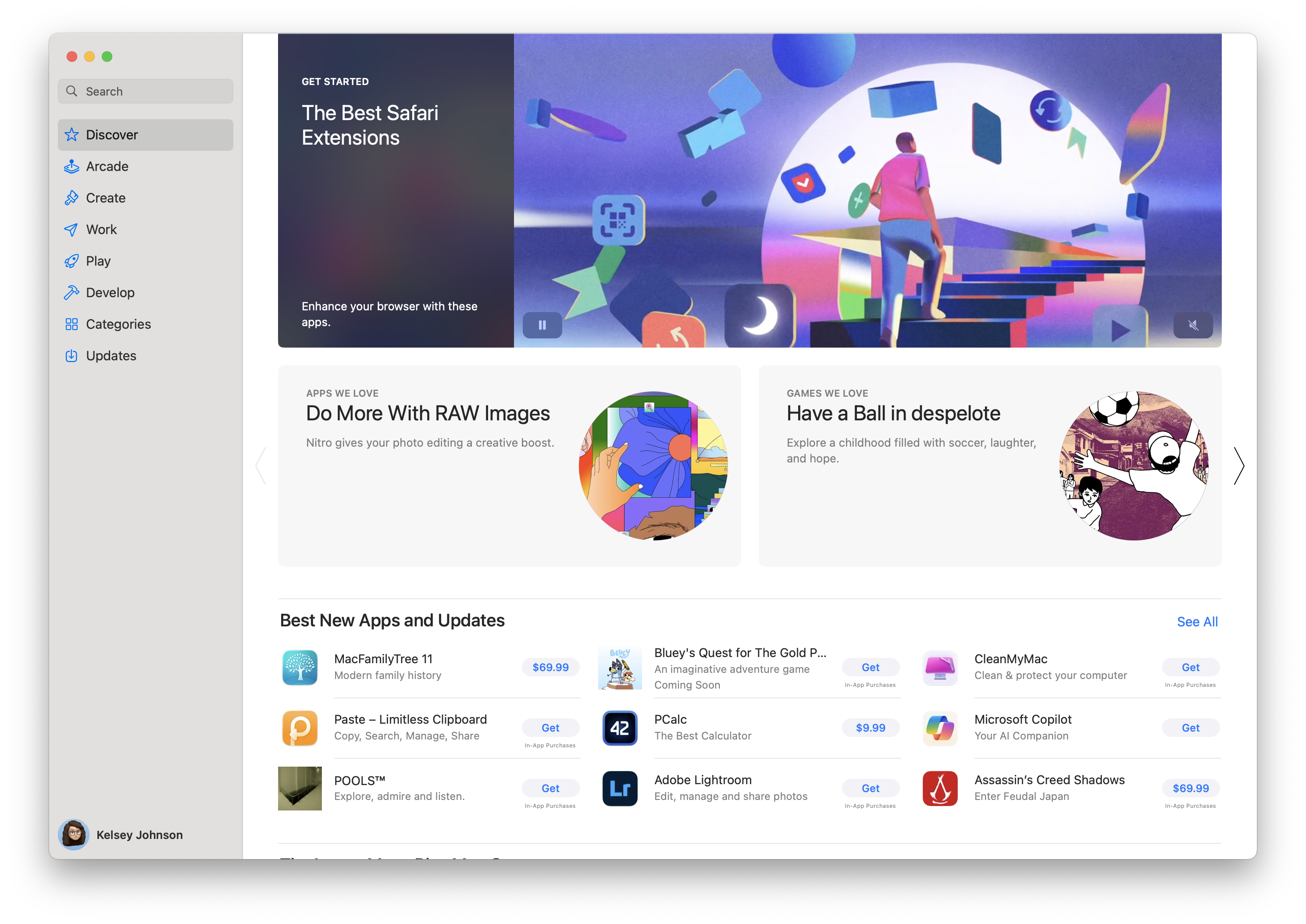
- B2B: Marketplaces for business software integrations — like the HubSpot App Marketplace, Zoom App Marketplace, or ServiceNow Store.
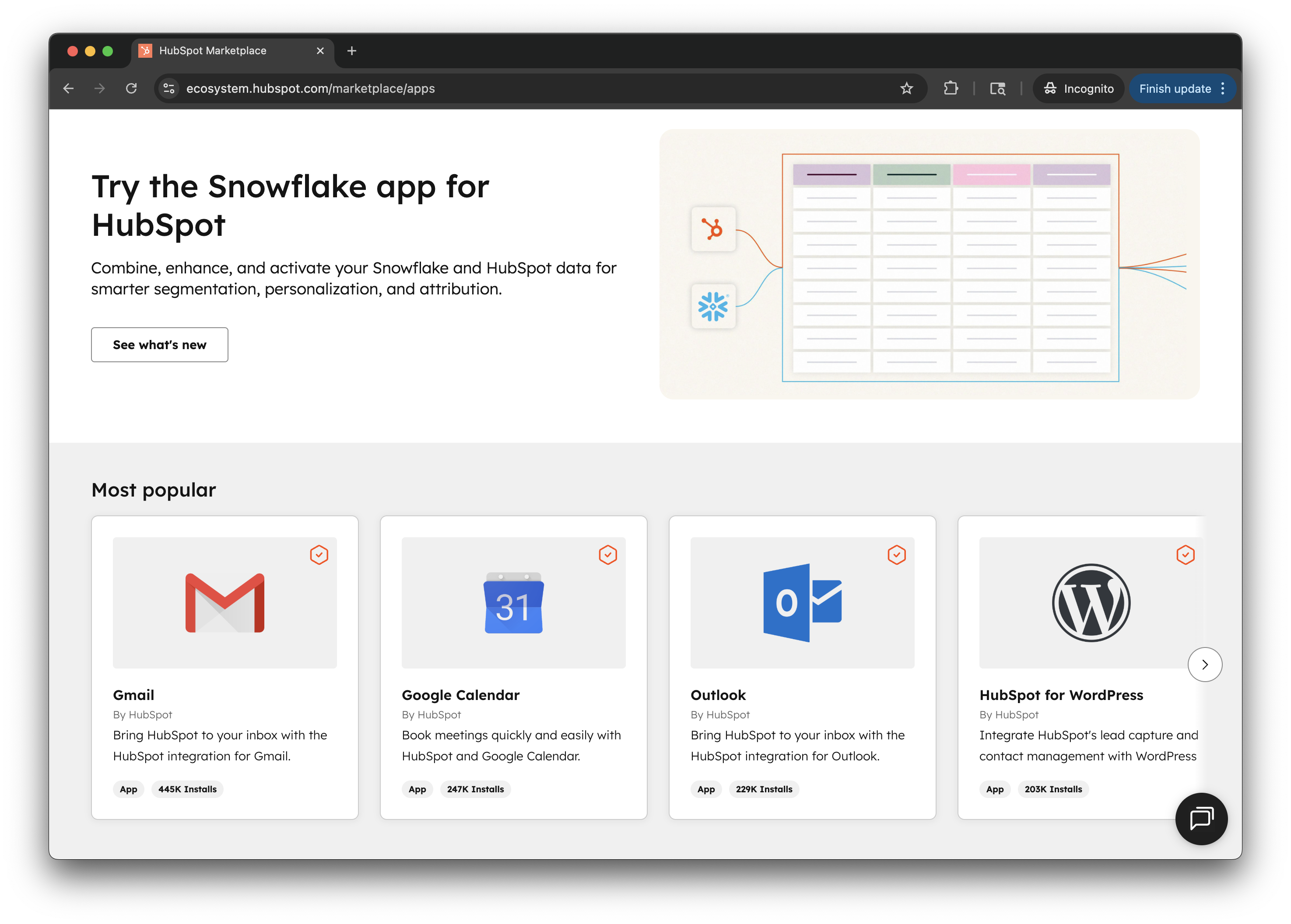
You’ll also hear them called an app hub, integrations marketplace, partner marketplace, partner directory, or ecosystem hub. Functionally, they all help users discover and install apps that work with your platform — and most can be built with a platform like Partner Fleet.
Note: This post focuses on B2B app marketplaces that promote integrations and partner-built apps.
Why create an app marketplace?
Because integrations are one of the top purchase drivers for SaaS buyers — and your marketplace can turn that demand into conversions.
If you already have integrations, they should be promoted like core features. A features page without an integrations page is a missed opportunity. In fact, 84% of businesses say integrations are “very important” or a “key requirement.” Buyers often decide whether to book a demo or start a trial based on integration availability.
One Partner Fleet customer sees a 30% click-through rate from their marketplace to their free trial — compared to an average 2–3% CTR on most SaaS pages. That’s high-intent traffic you can’t afford to bury.
For example, HubSpot features its in-app marketplace directly in the main sidebar of its product, and its broader ecosystem in the top navigation of its homepage — because integrations are its value proposition.

HubSpot also has their ecosystem (which includes their app marketplace) in the main navigation on their homepage.

Creating an app marketplace signals that your company is ecosystem-first — actively building connections that make your product more valuable. A marketplace also becomes a source of truth for internal and external teams:
- Internally: Show executives integration requests, usage data, and conversion metrics. (Need help? Download our guide on pitching execs for partnerships budget.)
- Externally: Give prospects a clear view of how your product connects to their stack.
Your sales, support, and marketing teams can all leverage it to recommend the right partners, validate integration maturity, and demonstrate momentum.
Related: No Budget, No Problem. How to Get Your Marketplace Paid For.
Which partners should be included in your app marketplace?
Your app marketplace should include every partner or integration your customers might want to connect with — not just technical integrations. The goal is to make it easy for prospects, customers, and internal teams to understand who you work with, what each partner offers, and how they fit into your ecosystem.
Common partner types include:
- Integrations built by you – Direct connections you’ve developed to enhance your product’s functionality and improve user experience.
- Integrations built by partners – Connections built and maintained by your technology integration partners to meet shared customers’ needs.
- Third-party or independent developer apps – External developers who use your APIs to create complementary tools or niche solutions.
- Implementation and SI partners – Certified experts who help customers deploy your software, build custom workflows, or connect complex systems.
- Perks, discounts, and service providers – Agencies, consultants, or vendors that support your customers with related services (e.g., data migration, marketing ops, analytics, etc.).
A great marketplace doesn’t just list these partner types — it helps users navigate and filter them intuitively. Create clear categories like Technology Partners and Service Partners, add tags for industries or use cases, and include visual indicators (logos, integration type, verified badges) to improve discoverability.
For example, SmartRecruiters (built on Partner Fleet) includes both Technology and Service Partners in one marketplace, with filters for partner type, region, and integration category. This design helps customers instantly find what fits their needs, whether that’s an HR tech integration or a certified implementation consultant.

When in doubt, think about your marketplace as an ecosystem showcase — not just a directory. It should help customers understand the breadth of your partnerships, highlight joint solutions, and invite new partners to join.
What types of companies should have an app marketplace (with examples)?
Any SaaS company with integrations or partners can benefit from having a marketplace — and the sooner you build one, the faster you can scale your ecosystem. Here’s how it plays out across different types of businesses:
SaaS providers
Products like CRMs, marketing automation platforms, and project management tools often use marketplaces to help customers discover integrations that connect their tech stack.
→ Example: ZoomInfo Marketplace – Lists integrations across sales, marketing, and data enrichment tools.

Platform companies
Foundational technologies (like cloud infrastructure or CMS platforms) rely on marketplaces to offer extensions and add-ons that expand functionality.
→ Example: WordPress Plugin Directory – Enables thousands of plugins built by third-party developers.

Consumer tech companies
Smartphone and smart-home ecosystems use marketplaces to distribute apps that enhance device functionality.
→ Example: Google Play Store – Hosts millions of apps for Android devices.

Enterprise software
Large enterprise systems like ERP, HR, and finance solutions use marketplaces to showcase integrations with specialized tools.
→ Example: SAP Product Marketplace – Offers industry-specific integrations and certified partner solutions.

Niche software vendors
Vertical SaaS products with a focused customer base use marketplaces to connect customers with industry-specific integrations and service partners.
→ Example: Truckstop Partner Marketplace – Lets logistics companies connect with apps built for trucking operations.

E-commerce Platforms
E-commerce platforms — Marketplaces power the ecosystem of merchant tools that make online stores more powerful.
→ Example: Shopify App Store – Offers thousands of integrations for marketing, fulfillment, and customer support.

Whether you serve a broad user base or a niche vertical, an app marketplace helps your company foster a developer community, improve customer retention, and increase stickiness — all while signaling that your platform is built to grow with your users’ needs.
Related: Turn your marketplace into revenue.
Who builds the apps or integrations on a marketplace?
Apps and integrations in a marketplace typically come from a blend of contributors working together across your ecosystem:
- You: Early-stage companies often build their first set of integrations internally to connect with top customer-requested tools. This establishes a baseline ecosystem and gives customers immediate value.
- Independent developers: Once your APIs are public, third-party developers start building integrations — sometimes for one customer, and eventually for many. This is where creativity and niche solutions flourish.
- ISV partners: As your brand grows, other SaaS providers begin building onto your platform, expanding your ecosystem organically. These partners often bring co-marketing and joint GTM opportunities. If this is the case, you should be looking to include a third-party developer portal in the back end of your app marketplace, where devs can build, submit, and list apps & integrations.
Encouraging external developers to contribute increases innovation and scalability. Over time, your marketplace evolves from a simple integrations list to a thriving ecosystem — one where customers, partners, and developers all contribute to product growth and mutual value creation.
Conclusion
App marketplaces are essential for driving integration awareness and adoption, and growing your tech ecosystem. Book time with our team to learn more about how you can launch yours in just a few weeks.

